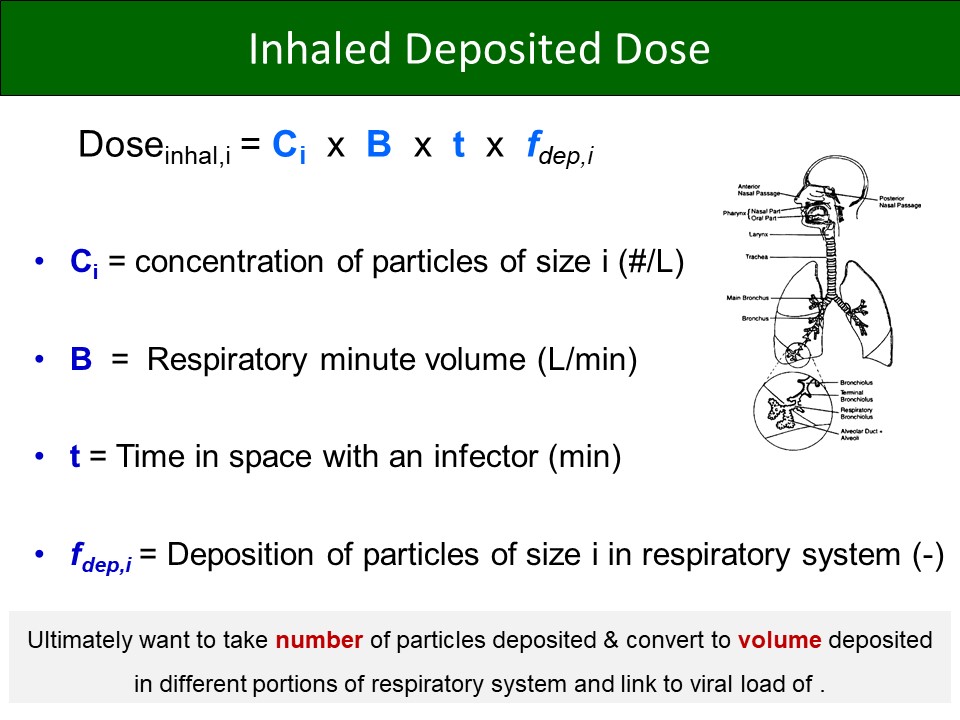
1/ The governor's words might be turned on those making such absurd statements. Inhalation of aerosols that contain the SARS-CoV-2 virus causes COVID-19. Right-sized HEPA air cleaners can be effective at reducing aerosol concentrations in classrooms.
https://twitter.com/JBEYFS/status/1476939702880112644
2/ It is one important intervention amongst others (vaccines, masks, ventilation, testing) & plays a magnified role when significant increases in ventilation are not possible, when children have masks off, and/or some are not vaccinated. But it provides benefit in all scenarios.
3/ There have been dozens and dozens of peer-reviewed papers in high quality journals by high quality researchers that reinforce the value of HEPA filters for lowering indoor aerosol levels, even during the past two years and in the context of COVID-19.
4/ Like so many others, the governors are not well read on this topic, not paying attention, or choosing to look the other way because it sounds too complex or may cost some money. Here is a result of a very simple calculation.....
5/ In the US it costs about $15,000/year to educate a single student. The cost (capital + recurring filter replacement + electricity) of placing a right-sized HEPA air cleaner in a typical classroom is just about $10 per year for every student.
6/ Think about that. The cost of reducing indoor aerosol concentrations that deliver SARS-CoV-2 to the respiratory systems of children is just under 0.07% of the cost to educate that child. Obvious benefits here, folks. No rocket science.
7/ @JBEYFS. Not sure where you are, but will try to provide some papers and also connect you with exceptional aerosol and building scientists in your region. Don't stop trying.
• • •
Missing some Tweet in this thread? You can try to
force a refresh








